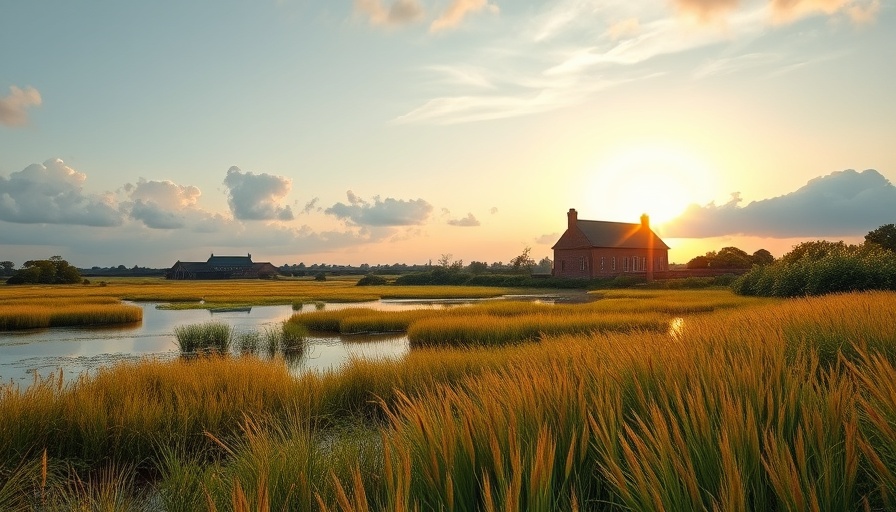
Understanding Biodiversity: The Role of Reference Ecosystems
To bolster biodiversity in landscape design, it’s critical for architects and developers to consult regional ecosystems that act as historical proxies. This method, known as the reference ecosystem approach, emphasizes the restoration of ecological networks, creating habitats that foster resilience and stability. According to ecologist Chris Cosma, ecosystems thrive on complexity; the more diverse an ecosystem is, the better it can withstand environmental changes.
Unfortunately, ongoing urban development, climate change, and agricultural practices have decimated many such networks, contributing to alarming declines in species such as insects and birds. In the United States, for instance, expansive lawns – covering about 40 million acres, larger than Colorado – pose a significant threat to biodiversity. These manicured spaces, often laden with chemicals, yield detrimental effects on ecological health. As a corrective measure, landscape architects can significantly enhance biodiversity by prioritizing native plants and keystone species within their designs.
The Importance of Native Plants
Incorporating native flora into landscaping not only benefits local wildlife but improves the ecological integrity of the area. A few best practices recommended include:
- Avoiding harmful pesticides
- Implementing natural lighting solutions
- Reducing unnecessary maintenance tasks to allow ecosystems to thrive
Furthermore, it's essential to maintain natural elements such as leaf litter and branches that provide habitat for various species. These actions contribute not only to biodiversity but also enhance ecosystem services like water filtration and air quality, crucial for urban settings.
Restoration Strategies from the Past
John Hart Asher, a leading environmental designer, emphasizes how understanding the historical and ecological frameworks from which landscapes evolve can lead to effective designs. For example, while developing the grassy terrains near the George W. Bush Presidential Center in Dallas, his team analyzed biotic and abiotic factors, understanding how local prairies have adapted over time. Grass species in the U.S. evolved deep root systems reaching depths of 20 feet, enabling them to survive drought periods. Additionally, the interaction between disruptions such as wildfires and animal behaviors (like those of prairie dogs and bison) plays a critical role in maintaining these ecosystems.
Engaging in Active Restoration
Asher suggests that in today’s altered landscapes, it’s vital for humans to step in like bison did – actively managing disturbances to ensure ecosystems flourish. The practice of using reference ecosystems for guidance allows landscape professionals to create designs that not only rehabilitate environments but foster connections between nature and society.
By understanding current ecological patterns and the concept of contemporary reference states, we can shift our focus from simply reviving past designs to enhancing biodiversity in the present context. This perspective requires a commitment to adapting practices that maximize conservation outcomes and respond effectively to the changing landscapes we inhabit.
A Call to Action for Landscape Professionals
For landscape architects, architects, builders, and developers in Muskegon and surrounding areas, integrating these ecological insights into your designs promises not just compliance with sustainability goals, but a transformative impact on our local ecosystems. Whether it’s through innovative planting strategies or responsible maintenance practices, you hold the power to redesign landscapes that prioritize native biodiversity and resilience.
Let’s cultivate a vision for our green spaces that celebrates biodiversity and ecological integrity. For guidance or to connect with local yard contractors specializing in eco-friendly solutions, reach out to established teams like Muskegon weed and feed help, or explore tailored turf solutions suited for your unique landscape needs.
 Add Row
Add Row 
 Add
Add 


Write A Comment